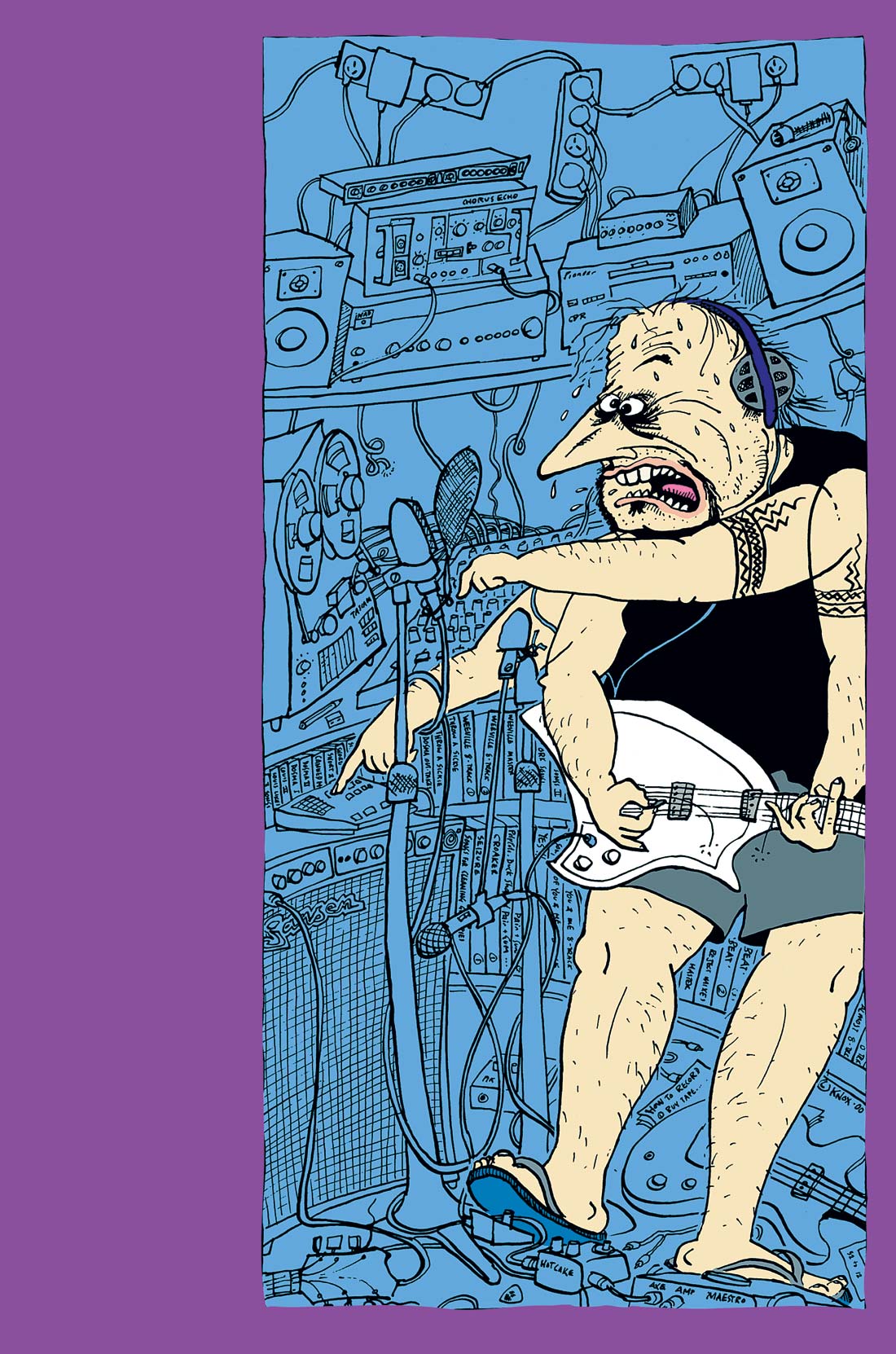Antares Audio Technologies, the software DSP innovator that brought the world the Auto-Tune, has come forth with their latest digital mojo-in-a-box called the Microphone Modeler ($249). Perhaps you've heard of this new plug-in that claims to be able to take recorded input from even the most pedestrian of work-horse microphones and give them the characteristics of some of the most sought after (and usually expensive), mics in the world. The retail packaging even claims, "Now the microphones you own can sound like the microphones you wished you owned." To the burgeoning number of DAW home recordists, such a product can't help but get noticed. The idea of still being able to use a relatively inexpensive dynamic mic for lead vocals then using software to make it emulate a very pricey large-diaphragm condenser is just too tempting to pass up. But just how convincing is it? You can answer that question for yourself by downloading a time-locked demo version and testing it for a few days. The software has quite a selection of pre-defined modeling algorithms for both the source and output microphones. All the names you know and love are there: Neumann, AKG, Beyer, Sennheiser and some real exotics most of us have never experienced first- hand. The way the MM works is by taking the known characteristics of the input source mic and then re-shaping the result to match pre-defined output characteristics. According to the MM documentation, the most accurate results are obtained when you use a mic that is in the existing table of source microphone models. I recorded short vocal samples with two different mics: the venerable Shure SM58 and a Royer 121 ribbon. I then took each source recording and then modeled them to emulate an AKG C414- B ULS and a CAD Equitek E350, both large diaphragm condenser mics. Then for further comparison, I modeled the two source mics after each other; so each source mic had three different emulations. Then I recorded more vocal samples using a real AKG C414-B ULS and CAD Equitek E350, the original mics on which the MM emulations are based. I then performed side-by-side comparisons of each of the original sources to the emulations to see what transpired. To my ears, the effect was very subtle. It was interesting to note that of the two source mics used to create the emulations, the SM58 displayed the most discernable variances in output characteristics. The Royer still sounded like the Royer, no matter what it was modeled to emulate - including the SM58. Then when I compared the emulated samples to the real mics, I could not say they were convincing facsimiles. On the plus side, the Mic Modeler does give one the opportunity to create "customized" microphone models comprised of highly varying attributes. Want to try to combine the transient response of an Earthworks TC40K condenser with the 'softness' of a Coles ribbon? You can play around with all sorts of possibilities such as these and save your personal favorites. There's also a very nice tube 'warmth' slider control that can give each mic model some further enhancement. But don't just take my word for it - download the demo and give it a whirl. It was fun. (www.antarestech.com)
Software, Virtual Instruments | No. 68
Quantum Leap Goliath
by Brandon Miller
EastWest has really made a name for itself in producing great sounds. Its Symphonic Orchestra libraries have set a high standard and are considered a must-have by an enormous number of composers...




_disp_horizontal_bw.jpg)